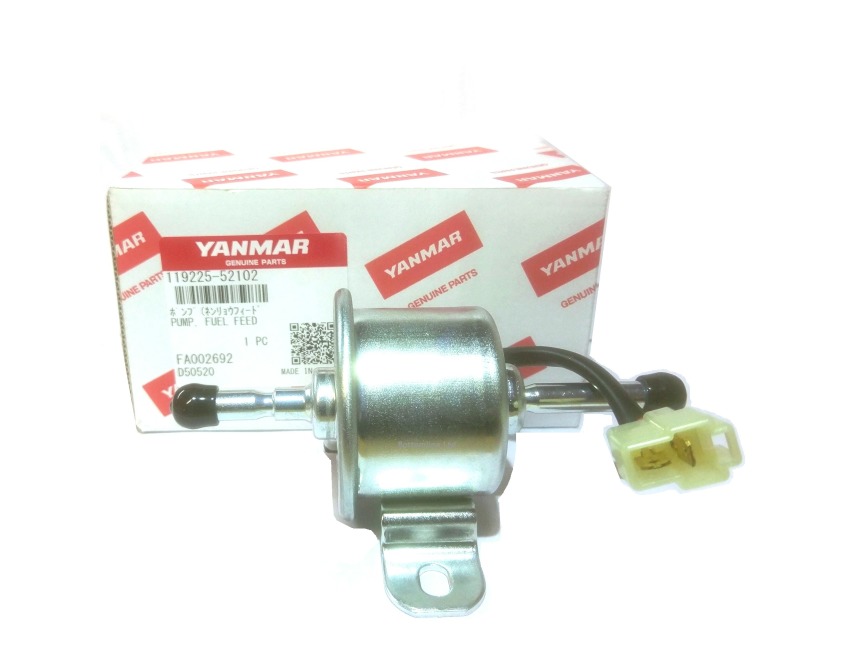
Mechanical fuel pumps have been a crucial component in automotive engines for decades. They play a vital role in delivering fuel from the fuel tank to the engine, ensuring proper combustion and efficient performance. However, there is a common question among car enthusiasts and mechanics alike: Can you push fuel through a mechanical fuel pump? In this blog post, we will delve into this topic, exploring the feasibility and implications of pushing fuel through a mechanical fuel pump.
- Understanding the Function of a Mechanical Fuel Pump:
Before we can determine whether it is possible to push fuel through a mechanical fuel pump, it is essential to understand how these pumps work. Mechanical fuel pumps are typically driven by the engine's camshaft or a separate eccentric shaft. They utilize a diaphragm or a set of gears to create suction, drawing fuel from the tank and delivering it to the carburetor or fuel injection system. - The Limitations of Mechanical Fuel Pumps:
Mechanical fuel pumps are designed to operate under specific conditions and limitations. They rely on the engine's mechanical motion to generate the necessary suction to draw fuel. Attempting to push fuel through a mechanical fuel pump can lead to several challenges. Firstly, the pump may not be designed to handle the pressure required for pushing fuel. Secondly, the absence of proper suction can result in inadequate fuel delivery, leading to engine performance issues. - Potential Risks and Modifications:
While pushing fuel through a mechanical fuel pump may not be recommended, there are instances where it can be achieved with certain modifications. However, it is crucial to consider the potential risks involved. The increased pressure can strain the pump, leading to premature wear and failure. Additionally, modifications may require alterations to the fuel system, including the installation of a higher-capacity pump or a fuel pressure regulator. - Alternative Solutions:
Instead of attempting to push fuel through a mechanical fuel pump, it is advisable to explore alternative solutions. Electric fuel pumps, for example, are specifically designed to handle the pressure required for fuel injection systems. They offer more precise control over fuel delivery and can be easily integrated into modern engine setups. Electric fuel pumps also eliminate the reliance on engine motion, providing consistent fuel flow regardless of engine speed.
Conclusion:
In conclusion, while it may be technically possible to push fuel through a mechanical fuel pump with modifications, it is not recommended due to the inherent limitations and potential risks involved. Instead, exploring alternative solutions such as electric fuel pumps can provide more reliable and efficient fuel delivery. Understanding the function and limitations of mechanical fuel pumps is crucial for maintaining optimal engine performance and ensuring a smooth driving experience.


